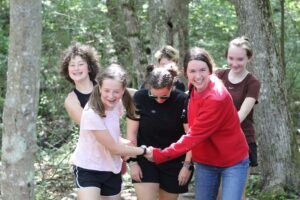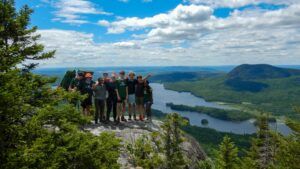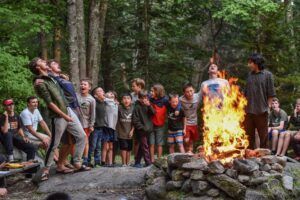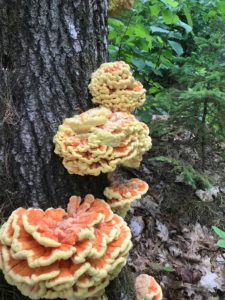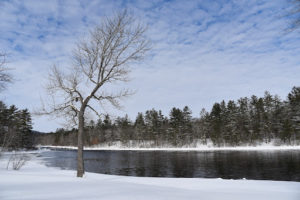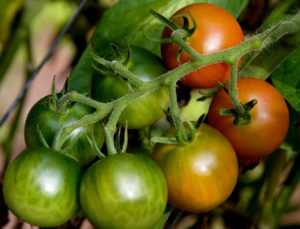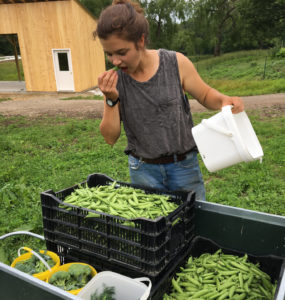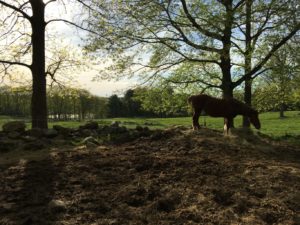This afternoon, the Chewonki seventh graders gathered in the Gatehouse (the house on the farm) to explore archival materials, many over a century old. We started in the barn together, looking up, down, and around as we walked silently through that 156-year-old space, into the farm workshop and then the house, observing and experiencing the connected farm building infrastructure detailed in Thomas C. Hubka’s Big House, Little House, Back House, Barn.
“It looks pitchy-patchy,” one student observed, “like different parts were made at different times as things fell apart or needed to be fixed.” Pitchy-patchy: my new favorite adjective for the Chewonki farm.
Once inside, students settled around the kitchen table and dove into photos and ledgers from the Bailey family, the folks who owned this farm in the late 1800s into the 1900s. Each person made observations about how farmers traveled, worked, dressed, and lived; posed questions based on their observations; and articulated inferences about everything from methods of early photography to the difference between an ox cartload and a horse cartload of hay. Students exercised their historian muscles, exploring these primary source materials – donated in recent years by descendants of the Bailey Family – with an eye toward details and a palpable sense of wonder. This work is part of the foundation of knowledge that students will carry into their learning about World War One in coming weeks, asking questions like: What was the state of life on this Maine farm pre-war? How might the way of life at that time have influenced American attitudes toward the war?
Here are a few of my favorite photographs and entries from the archives:






Here on the farm, history is alive and compelling: the seventh graders sit in the very pitchy-patchy house that we see pictured in different iterations through the years and piece together a sense of who worked and walked this land before us.
